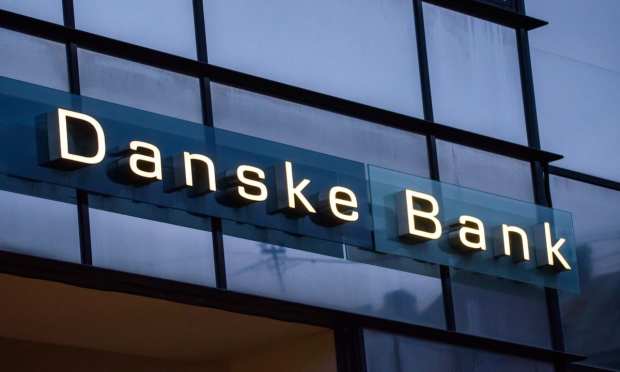Nordic Banks Strike Deal To Merge Three Mobile Payments Apps

Denmark-based Danske Bank, which operates MobilePay, has reached an agreement with OP Financial Group in Finland, which owns Pivo, and the Norwegian banks behind Vipps to merge their mobile payment services to become one of the biggest bank-owned mobile payment providers in Europe.
“Serving 11 million users and over 330,000 shops and web shops, the (new) company will be one of the largest bank-owned mobile payment providers in Europe,” Danske Bank said in a Wednesday (June 30) press release.
“MobilePay has been a fantastic success,” said Glenn Söderholm, head of personal and business customers at Danske Bank. It is “very expensive to compete” on a global scale, he added. “MobilePay must be part of something bigger to gain scale and pool investments for further innovation.”
Söderholm added that teaming up with Norway’s Vipps “is the perfect match for MobilePay. At the same time, it is a great strength that Pivo, owned by Finland’s largest bank, OP, will also be part of the merger.”
He said Danske Bank “will continue to be a dedicated co-owner of the new business.”
The deal is expected to close in in the second half of 2021 or in early 2022. The combined company will be 65 percent owned by the Norwegian banks behind Vipps, 25 percent by Danske Bank and 10 percent by OP Financial Group, the statement said.
Vipps Chief Executive Rune Garborg will head the joint venture. The combined company will be headquartered in Oslo and will be called Vipps AS.
The February edition of the Disbursements Tracker from PYMNTS looked at the instant payments’ rise in the Nordics. The Tracker looked at how financial institutions (FIs) can apply the Nordic instant payments approach in their own markets, what technologies and tools can help and what challenges may be holding them back.
In fact, Contactless payments in the Nordics have continued to jump in popularity since the start of the pandemic. Fifty-six percent of Nordic consumers were using the payment method at the start of 2020, according to one study, a figure that then rose to 74 percent by November of that year.
